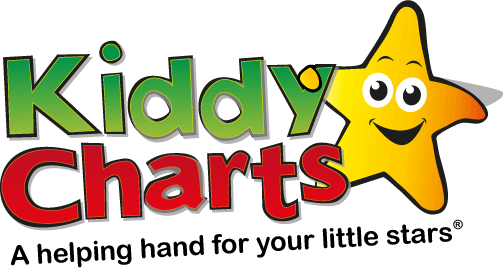Concentration is a key skill kids need for school, as well as for most of the other things they do, from sports to hobbies. It means being able to focus on the task at hand without becoming distracted by what is going on around them or by the welter of ideas, memories, daydreams and expectations that constantly clamour for attention.
Many of us have had the experience of reading a page of information, then realising we can’t remember a single word of it! This is where meditation comes in, because learning to concentrate is part and parcel of learning to meditate. The mind can be trained to focus on a task even if the task concerned is not something that automatically arouses interest.

Children usually like the idea of improving their concentration when they see that it not only makes them more effective in whatever they have to do, but also allows them to do it more quickly and efficiently. And tackling schoolwork speedily means they have more time for the things they enjoy doing most!
In How To Teach Meditation to Children, David Fontana and Ingrid Slack explore the many benefits of teaching meditation to children, from improving concentration and awareness, to reducing anxiety and shyness, to boosting self-esteem and creativity. Below are three examples of effective meditations for concentration that can be used at home and at school to introduce children to the idea of mind training.

Quick and Easy Breath Focus
Anxiety and stress typically lead to quick, shallow breathing. By simply slowing down and deepening our breathing, we can calm both mind and body. This is a great way of beginning to build focus that even young children can enjoy.
Guided Breath Meditation
For a more formal meditation that uses the breath as a point of focus, encourage children to try out the lotus position, resting each foot on the opposite thigh, with back straight, head upright and eyes closed. Then guide their meditation as follows:
‘Become aware of your breathing. Focus on the feeling of coolness at your nose when you breathe in and the feeling of warmth as you breathe out. Don’t let your attention follow your breath into your lungs. Pretend you’re a sentry on guard, watching carefully who goes in and out of the gates. If thoughts try to get in your way, look on them as people trying to distract you and ignore them.’
With children who can count, you can further help their focus by asking them to count from ‘one’ on the first in-breath, repeating this on the out-breath, then ‘two’ on the next breath, and so on up to ten. This is particularly useful for beginners as it helps the mind to focus on the breathing, and also the very act of counting tends to prevent distracting thoughts from arising.

Mindful Recall Game
Children of all ages find this short exercise intriguing. Ask them to draw from memory the layout of their homes. Alternatively, ask them to map out the names of the streets in their neighbourhood or perhaps draw their route to school. Although their home and the surrounding streets form the background to their lives, they’ll usually find it difficult to get the layout just right. This task helps demonstrate to children the extent to which their minds are tuned to what might be called ‘automatic pilot’ and the need to switch on mindfulness in daily life to boost their powers of recall.
The truth is some children, like some adults, go through life with much more awareness and concentration than others. Many of the apparent differences between individuals arise not from differences in ability but from differences in the way in which ability is used. By increasing concentration and awareness, children’s meditation exercises can really support their learning in all areas of life.
if you are after some more awesome ideas from our site, do check out our mindfulness section. We also have loads of great activities, and ideas as well. Explore the site anytime, but particularly in specific seasons, like Christmas, or Mother’s Day, when we’ve got inspiration for you. For example, how about these gorgeous Mother’s Day Quotes?

